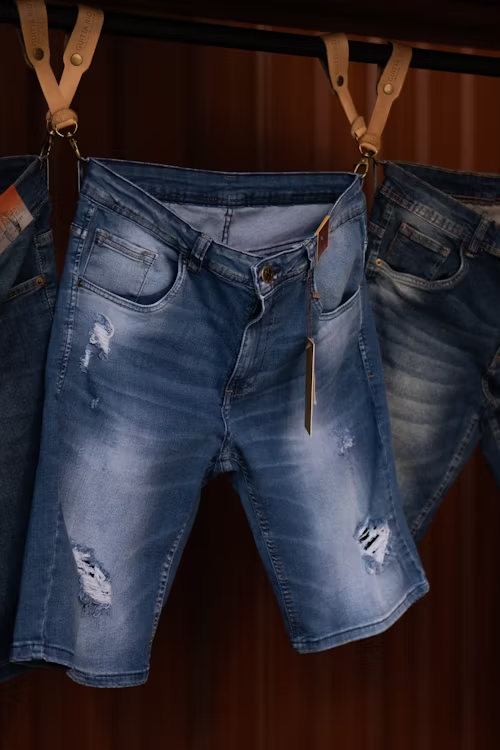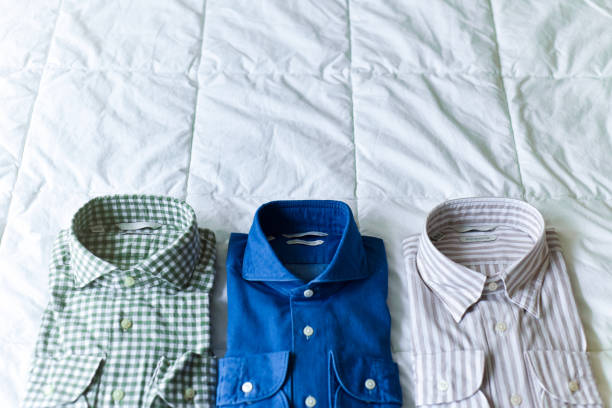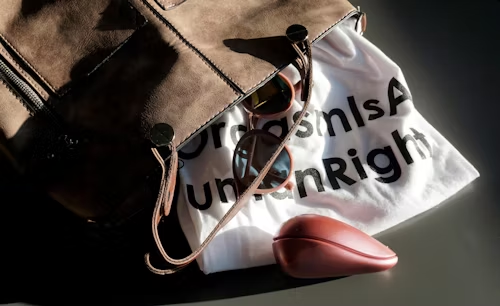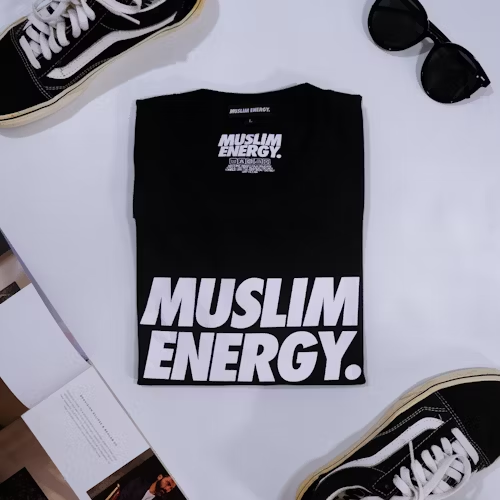Have you ever paid attention to how beautiful patterns are printed when choosing clothes? Different printing techniques determine the texture, durability, and price of clothing. Understanding the classification of prints allows us to choose clothes more intelligently.
Printing methods are classified by equipment, fabric, and dye composition.
According to the process, there are flat screen printing, circular screen printing, heat transfer printing, digital inkjet printing, etc;
According to the material, there are cotton printing, polyester printing, nylon printing, etc;
According to dyes, there are dispersed dye printing, acid printing, pigment printing, etc. Each process is suitable for different fabrics and needs.
Below, we’ll introduce some of the most popular and accessible printing techniques for consumers.
What Are the Most Common Printing Methods?
Printing techniques can be classified based on how patterns are presented on fabrics, with the following common types:
Direct printing is the most common textile method. It directly applies designs to light fabrics without a base dye, making it fast, affordable, and widely used in apparel production.
Anti-dye printing uses special resist agents to block certain areas of the fabric from absorbing dye. This creates patterns with sharp, vivid contrast between dyed and undyed sections.
Discharge printing dyes the whole fabric, then removes color with a reducing agent to form patterns, often used on black T-shirts.
Overprint and Overprint: Using multi-layer printing to overlay different colors and textures, suitable for complex patterns. Gradient and co printing: Adding gradient or blending techniques to dye control to enhance visual depth.
These processes determine the saturation, clarity, and color fastness of the pattern.
What Is Heat Transfer Printing? Best Fabrics to Use with This Method
Heat transfer printing is a technique of transferring patterns from printed paper to fabric through hot pressing. The patterns are pre printed on paper and then “hot pressed” onto the fabric using a machine.
Advantages:
- Produces clear patterns with rich details
- No need for plate making
- Ideal for small-batch production
Disadvantages:
- Printed layer is slightly thick
- Breathability may be reduced
- Prone to fading when washed at high temperatures
Applicable Fabrics:
Heat transfer printing is especially suitable for polyester fibers and sportswear fabrics. It is commonly used on garments like T-shirts, jackets, and activewear.
Which is better, screen printing or digital printing
Screen printing (also known as manual printing):
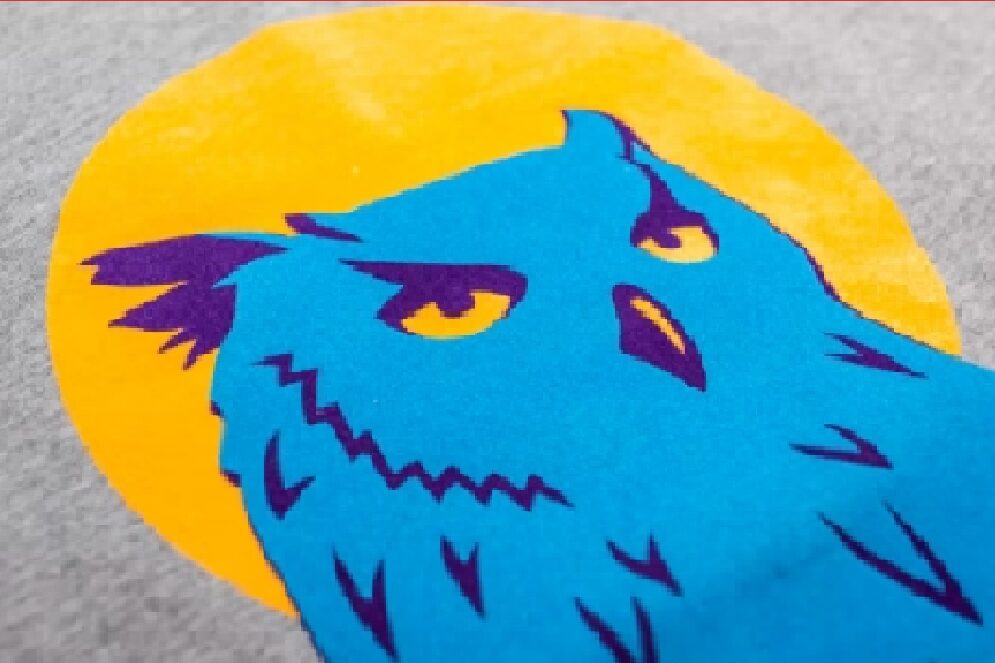
Process:
This method involves printing pigments layer by layer through a screen, making it ideal for large-scale or batch printing.
Advantages:
- High color saturation
- Strong durability and wash resistance
- Low production cost per unit
Disadvantages:
- Not suitable for complex or detailed designs
- Plate making is time-consuming and labor-intensive
Digital printing (also known as inkjet printing):
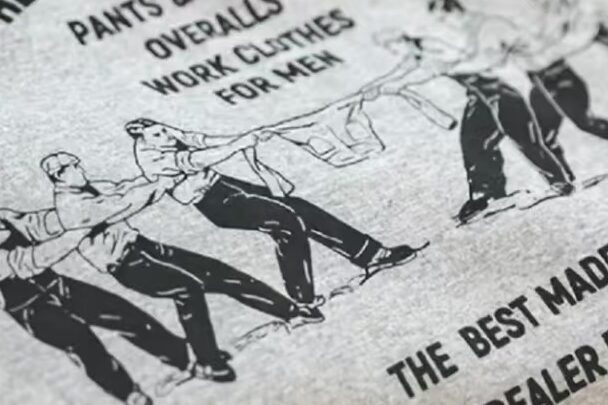
Process:
Digital printing works like an inkjet printer, directly printing patterns onto fabric with high precision and color control.
Advantages:
- Delicate and detailed color expression
- No limits on pattern complexity or color variety
- No need for plate making, ideal for customization or small runs
Disadvantages:
- Higher production cost compared to traditional methods
- Requires fabrics with a high level of ink absorption
- Color fastness depends on proper post-treatment processes
Choose complex patterns → Choose digital printing for daily durability → Choose screen printing as the preferred option
What should consumers pay attention to when choosing printed clothing
Choosing printed clothing not only depends on the style and pattern, but also on the quality of the craftsmanship:
Color Fading:
Gently rub the printed area to see if color transfers. You can also ask whether the garment supports machine washing.
Print Durability:
Lightly pull the edges of the printed pattern with your fingers. If it cracks or peels easily, it may not last after multiple washes.
Breathability:
Large-area heat transfer prints can feel stuffy, especially on synthetic fabrics. Check if the fabric breathes well under the design.
Environmental Friendliness:
Eco-friendly printing methods, such as using reactive dyes, are more skin-friendly and safer for sensitive skin.
Try to choose a brand with good reputation, or read the description of printing technology on the product page.
summariz The printing process determines the texture and quality of clothing patterns. After understanding the classification, we can have more judgment when making purchases. If you are more interested in which type of printing, please feel free to leave a message for discussion!


